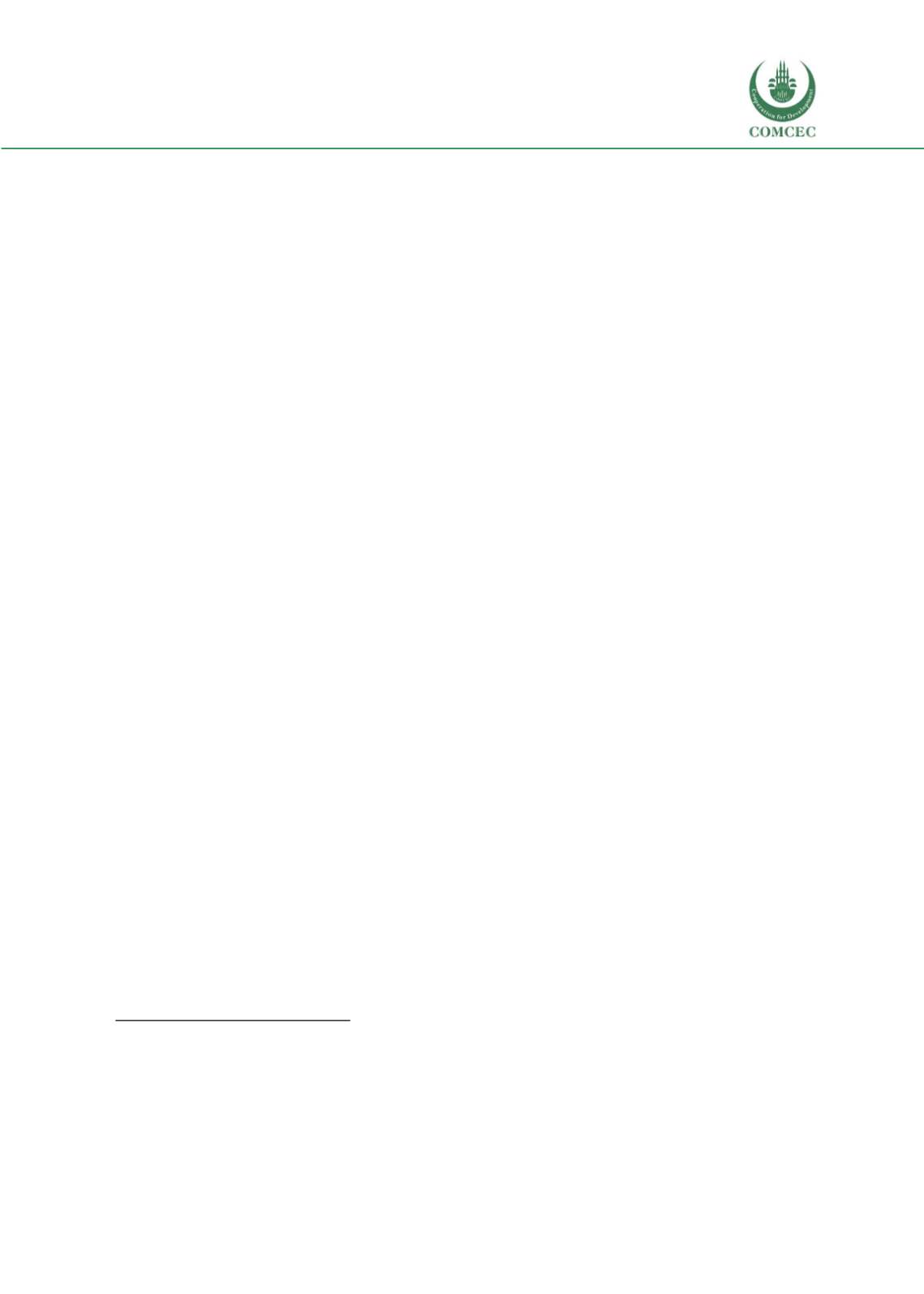

Education of Disadvantaged Children in OIC:
The Key to Escape from Poverty
59
children in monolingual schools.
185
In Burkina Faso, two types of schools Ecole Bilingues and
Ecoles Satellites have provided bilingual education since the 1990s.
186
Children in these bilingual
schools were found to have a higher passing rate of the primary school examination (85 percent)
compared to the national average (62 percent).
187
Outside of Sub-Saharan Africa, the medium of instruction is usually one or at most two
languages despite these countries’ linguistic diversity.
For instance in Pakistan, Urdu is the
language of instruction in most schools while it is spoken by only 8 percent of the population.
188
In Indonesia, over 700 languages are spoken and the medium of instruction is Indonesian which
is spoken by 10 percent of the population.
189
An analysis in Pinnock (2009) states that to decrease
the number of out-of school children and increase their access to school, countries that are
described as having high ethnic fractionalization should give priority to problems arising from
language differences. 23 OIC member countries are included in this list.
Improving quality in school systems
While it is important to finance the education system adequately, it is also important to
provide financing so that disadvantaged groups’ access to education is improved.
Good
practices emerge from a number of OIC countries achieving this through public-private
partnerships and provision of cash incentives to teachers.
Public-private partnerships could be useful in increasing the supply of schools in remote
areas and is applied in a number of member countries.
In Pakistan, an intervention was
implemented by Sindh Education Foundation in villages of Sindh province.
190
The intervention
provided private entrepreneurs who will establish and operate schools with a per child cash
subsidy. Children in the villages enrolled free to these privately operated schools. Entrepreneurs
applied for the programwith a proposal and with a number of conditions that they needed to fulfil
including that there should not be a school in the 1.5 km radius of the proposed school’s vicinity
and that at least 75 children’s parents gave consent for the children to attend the school once it is
established. An impact evaluation of the program found that enrolment in treated villages
increased by 51 percentage points compared to control villages. In Bangladesh the “Reaching Out
of School Children” (ROSC) program started to be implemented by the Government of Bangladesh
with the purpose of reaching the most disadvantaged children. Under the program a school
establishment grant and per child allowances were provided to schools which operate as one
classroom and one teacher schools. Children do not pay school fees in these schools while regular
government primary schools charge fees. The program overall resulted in education of over half
a million children and the establishment of approximately 15,000 ROSC schools since 2005. An
185 Bender, Dutcher, Klaus, Shore, and Tesar (2005)
186 Albaugh (2014)
187 UNESCO (2010)
188 UNESCO (2007a)
189 UNESCO (2007a)
190 Barrera-Osorio, Blakeslee, Hoover, Linden, and Raju (2011)
















